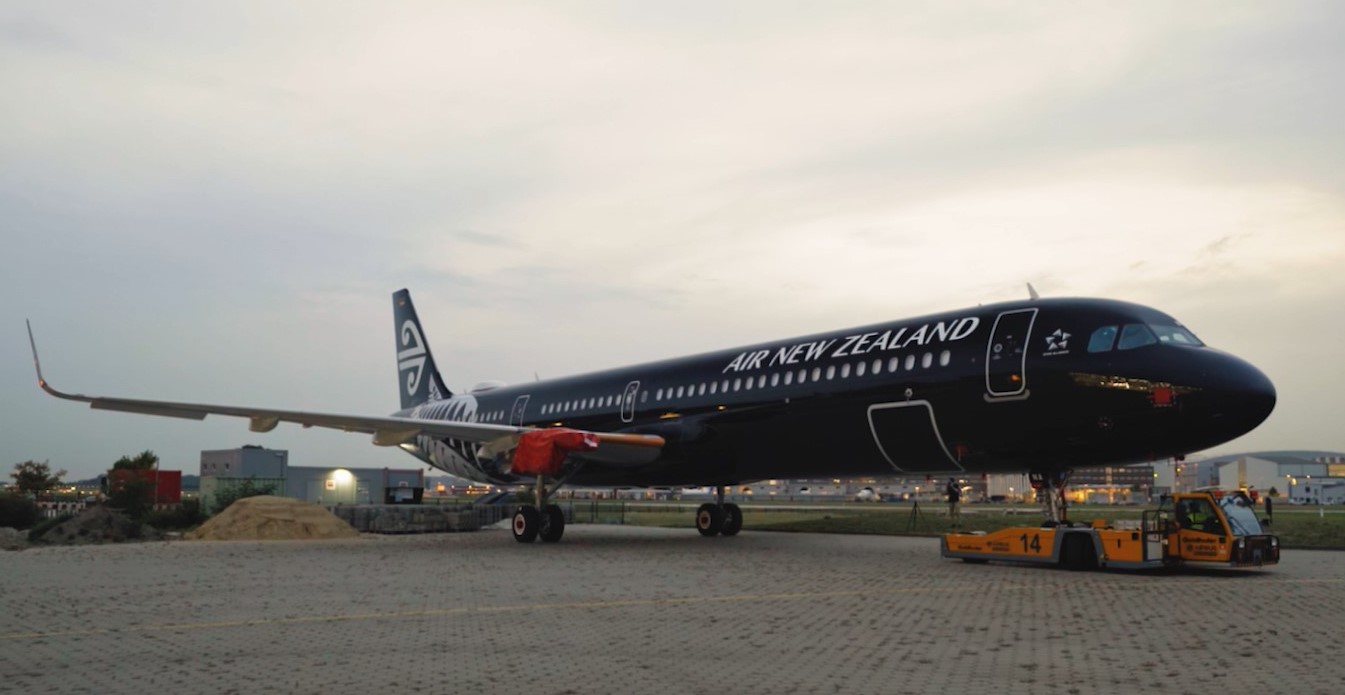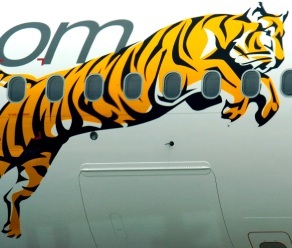Seat pitch shrinks on Air New Zealand's new A321neo
26 September, 2018
3 min read


Air New Zealand’s first A321neo will enter low-cost carrier territory with some seats offering a Hobbit-sized 29-inch (73cm) pitch when it enters the fleet in mid-November.
The Kiwi carrier has ordered 13 Airbus neo aircraft — seven A321neos and six A320neos — to replace its existing fleet of A320s and another seven A321neos are on order for anticipated domestic growth.
The planes have a combined list price of $NZ2.8 billion and the new technology A321neos will help deliver fuel savings and efficiencies of at least 15 percent compared to the planes they replace.
The international A320neos will have 165 seats on board compared to the 168 on the current international aircraft, which feature a seat pitch of 30 to 34 inches. Seat pitch is the distance between a point on a seat to the same point on the seat in front.
The A321s will have 214 seats with a seat pitch ranging from 29 inches to 33 (83cm) inches.
But the airline says the slimline design and curved design of the A321neo seats means passengers “sink further into the seat back creating up to 7 percent more usable space when compared with the equivalent pitch on the existing fleet”.
The middle seat will also be 3cms wider and the aisle and window seats 1cm wider. This will boost the aisle and window seats to the Airbus standard of 18 inches from the narrow 17-inch seats on the existing A320s.
Other enhancements in the cabin include 25 percent more overhead locker space, a new Android-based inflight entertainment system with a 10-inch screen, high power USB charging points and Wi-Fi connectivity.
The tight seats kick in from row 18 rearwards on the left side of the cabin as you face towards the nose, although there are exit row seats and a couple of rows of seats with a pitch of just under 30 inches (76cm).
[video width="1920" height="1080" mp4="https://cdn.airlineratings.com/uploads/airnzseats.mp4"][/video]
Most of the seats along the starboard side are 30 inches or above but, again, there are a couple of rows of 29-inch seats.
The more spacious 32-inch (81cms) and 33-inch (83cm) seats are at the front of the plane (Note: The conversion to seat pitches in inches is rounded up to the nearest inch.).
The 29-inch seat pitch means the Kiwi carrier has gone where even some major US carriers have vowed not to go and into seat pitch territory normally occupied by low-cost carriers.
READ: US seat legislation may not mean more legroom.
But Air New Zealand Chief Executive Officer Christopher Luxon said the airline had extensively tested the neo inflight experience with customers to ensure it could incorporate their feedback “while meeting regulatory and operating requirements’’.
This had left it confident it would deliver an inflight experience passengers would enjoy.
“Australia and the Pacific Islands are a vitally important part of our Pacific Rim network,’’ he said.
“We operate up to 240 services each week with our Airbus narrow-body aircraft.
“These new aircraft are key to enabling us to grow our short-haul network while offering our customers a great inflight experience.’’
A second A321neo is also expected to enter service in November and the airline’s first A320neo is scheduled for February, 2019.
The remaining aircraft will follow at intervals until late 2019, while the additional A321neos for the airline’s domestic network are expected to be delivered from 2020 to 2024.
Next Article
3 min read
Virgin gets nod for Tiger deal

Get the latest news and updates straight to your inbox
No spam, no hassle, no fuss, just airline news direct to you.
By joining our newsletter, you agree to our Privacy Policy
Find us on social media
Comments
No comments yet, be the first to write one.
